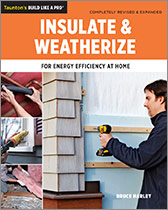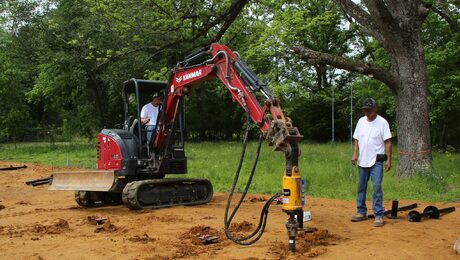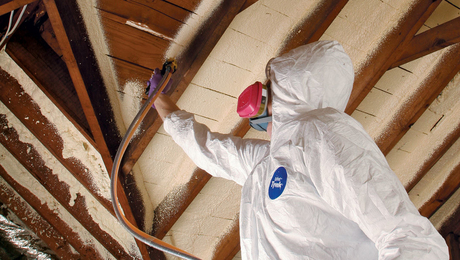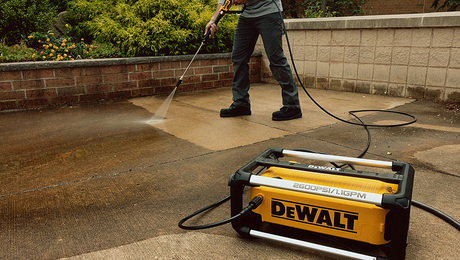Podcast 433: Waterproofing Concrete Roofs, Net-Zero in a Cooling Climate, and Don’t Forget Degree Days
Ian, Colin, and Patrick hear from listeners about arc-fault breakers and sizing electric cable and services before taking listener questions about waterproofing a concrete overhang, getting to net-zero in a cooling climate, and using degree days to quantify energy improvements.
Follow the Fine Homebuilding Podcast on your favorite app. Subscribe now and don’t miss an episode:
 |
Help us make better episodes and enter for a chance to win an FHB Podcast T-shirt:
www.finehomebuilding.com/podcastsurvey
Patrick reads an excerpt from an article in The Atlantic that tells us to Stop Fetishizing Old Houses. Doug asks about arc-fault breakers. Engineer Alex shares his thoughts on electrical components. Jim reminds us that sound control starts with the door. Christian asks how to waterproof a concrete overhang with a wood ceiling underneath. Joseph asks about a net-zero energy and carbon in a cooling climate. Andrew uses degree days to evaluate his home energy improvements.
Editor Updates:
- Colin’s bathroom built-ins
- Ian’s house progress
- Jeff’s mailbox
- Patrick’s Facebook tool conversation
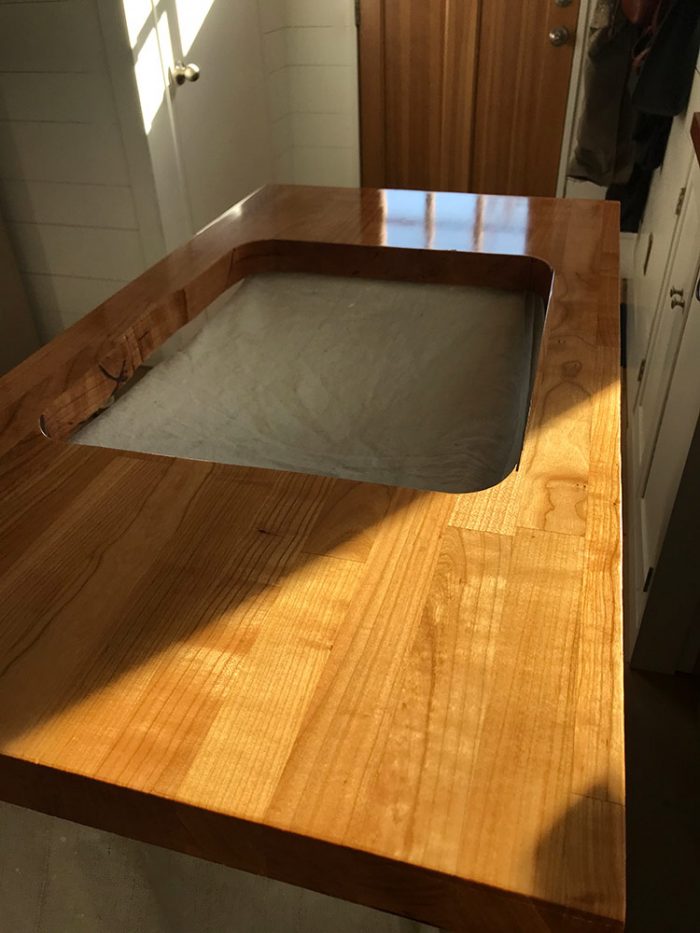 |
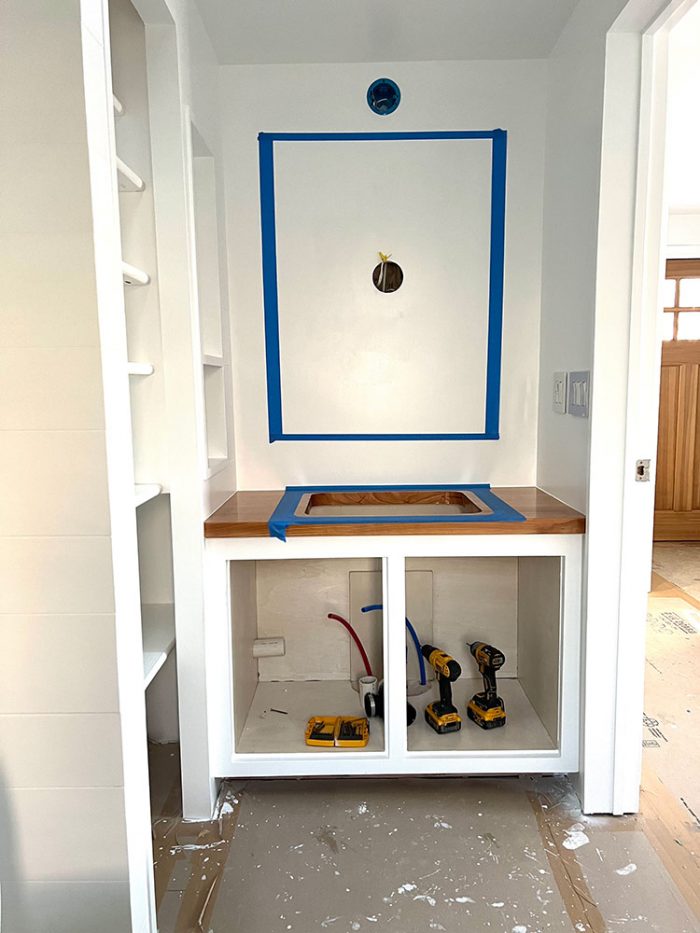 |
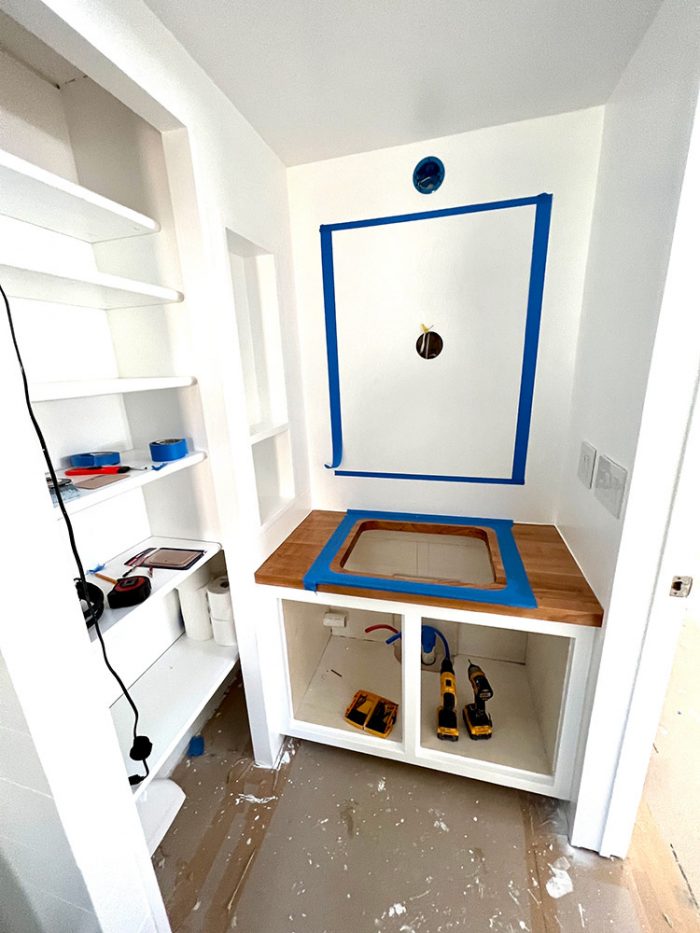 |
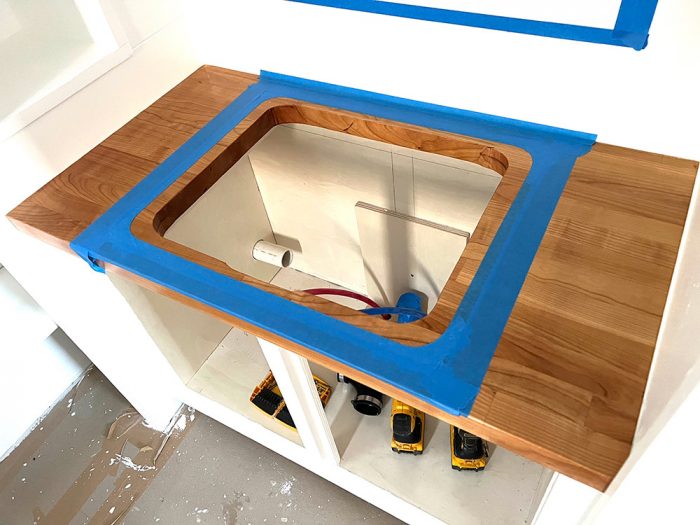 |
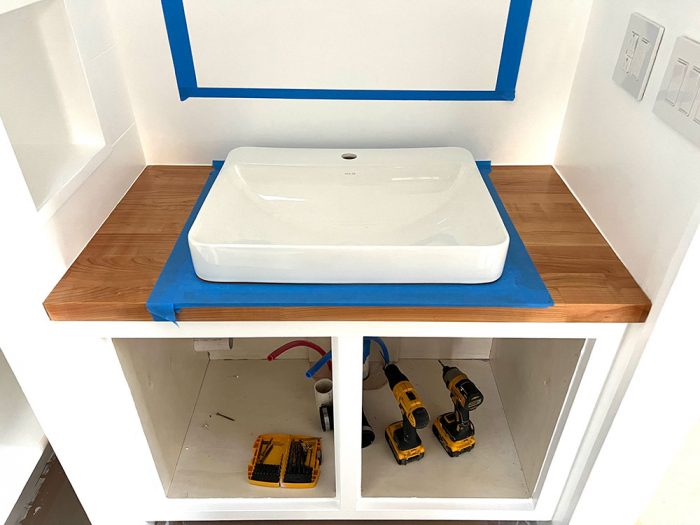 |
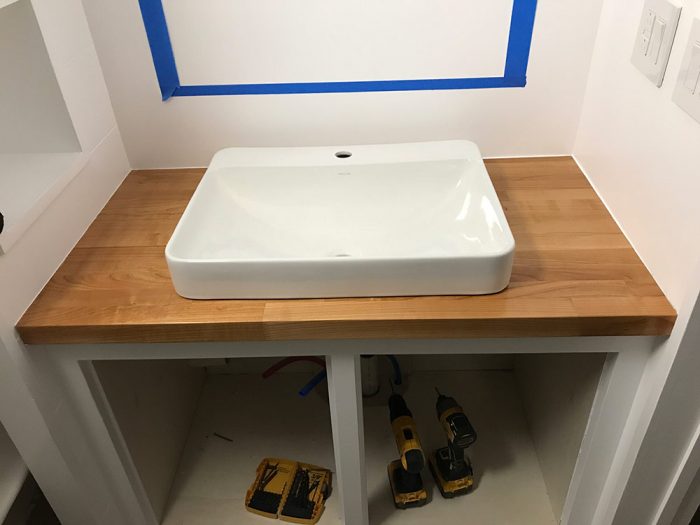 |
Stop Fetishizing Old Homes from The Atlantic:
M. Nolan Gray is a professional city planner and a housing researcher at UCLA. He is the author of Arbitrary Lines: How Zoning Broke the American City and How to Fix It
Across the country—but particularly along the coasts—barriers to construction mean that housing production has plummeted, such that we now face a national demand-supply gap of 6.8 million homes. To break even over the next 10 years, the National Association of Realtors found, we would need to build at least 700,000 new homes each year.
In the meantime, says. A stately Victorian manor in the Berkshires is one thing. But if you live in a Boston triple-decker, a kit-built San Jose bungalow, or a Chicago greystone, your home is the cheap housing of generations past. These structures were built to last a half century—at most, with diligent maintenance—at which point the developers understood they would require substantial rehabilitation. Generally speaking, however, the maintenance hasn’t been diligent, the rehabilitation isn’t forthcoming, and any form of redevelopment is illegal thanks to overzealous zoning.
Modern homes and apartment buildings are not only far better insulated—they also feature modern HVAC (heating, ventilation, and air-conditioning) technologies, such that homes can be warmed and cooled without using nearly as much energy as their older counterparts. Given that heating and cooling account for nearly half of all household energy use in the U.S., the savings from new housing could have serious implications for climate change.
That little space heater struggling to keep your drafty old apartment warm—to say nothing of your window AC unit—isn’t just unsightly. It’s also a climate failure. You might think uneven floors or steep stairwells have “character.” You’ll get no argument here. But more often than not, old housing is simply less safe. Until 1978, lead was common in house paint, and until the 1980s, in water pipes. Although the substance has been banned in new housing, the CDC estimates that 24 million old homes are still coated in lead paint—including the many Levittown homes built in the 1950s—while an estimated 9.2 million homes still receive water through lead pipes.
Or take fire safety: Electrical fires alone account for one in 10 residential fires, killing nearly 500 Americans each year. These fires are mostly a function of improper and aging wiring, which is endemic in older homes. Worse yet, many older homes lack the materials needed to stop a blaze once it starts; back in 2016, a single misplaced cigarette might have been what sent San Francisco’s Graywood Hotel—a 116-year-old single-room-occupancy building that housed approximately 77 people—up in flames.
Even when old housing is not killing its occupants, much of it is exclusionary by design. Before the passage of the Americans With Disabilities Act and recent amendments to the Fair Housing Act, standard elements such as ramps and elevators—as well as more subtle accessibility features such as automatic doors and wheelchair-friendly units—were not required, and so were rarely provided. As a result, old housing typologies like New York City’s walk-up tenements end up trapping many thousands of seniors in place, while limiting housing opportunities for many thousands more.
Listener Feedback 1:
Doug writes: Hi All, In podcast #426 you asked for electrical questions for an upcoming pro-talk. I would like Rick’s opinion on the requirement for arc fault breakers on every circuit. When I built our new house 10 years ago I only needed them for bed rooms. My observation at the time was that a $4 breaker became a $30 one. My cynical side wondered if the requirement was pushed by Square D and others for profit. I have since learned they have a tendency to trip when power is restored after an outage. This is an irritant but not the end of the world. Now that they are required everywhere there are greater concerns. I know of people who have lost a freezer full of food because they were out of town during one of these events. If it is winter and one of these breakers controls your heat you could return to frozen pipes. For of this reason, I know someone who after getting the CO replaced these breakers with standard ones. Sometimes there are unintended consequences to code changes. As to Rick’s comments about 20-amp circuits, while people are adding more devices the total load is not necessarily greater. All the new “must have” kitchen toys are already on 20 amp circuits.
Keep up the info and fun, Doug
Patrick, I spoke to my local Square D rep, he told me that the first generation of arc fault detector breakers did have issues along the lines of what Doug was describing. He told of one case recently where the utility transformer on the pole had some type of grounding issues that were causing the arc fault breakers to trip inside a house during a restoration of power after an outage. But he said that was pretty easy to find the cause, because it was a newer development where all of the houses had Arc Fault bkrs.
Back to the question about arc fault breakers tripping and causing the freezer to lose power, that is obviously a big concern.
If the homeowner is having troubles with his arc fault breakers tripping, I would be hesitant to replace them with standard breakers right away. I would at least speak to the electrician who wired the residence and talk to them to see if they would be willing to replace the suspect arc fault breaker with another one and see if the problem continues. The Square D rep did say that some batches of afd bkrs were recalled by the factory.
Replacing the AFD bkr with a classic bkr immediately without giving your electrician a chance to try to narrow down the problem may be a quick fix, but it doesn’t help find the root cause (faulty afd bkr, neutral to ground touching at some connection box…).
Bottom Line: if u have problems, get your electrician involved.
Rick
Related Links:
Listener Feedback 2:
Alex writes: Hi Patrick and Gang, I had to weigh in on a few items from episode 426: UL stands for Underwriter’s Laboratory, created by fire insurance providers to reduce or deny claims. Many loans and construction specifications require all building products to be UL listed for their intended use. Note that UL changed from a non-profit to a LLC in 2012 – think listing fees.
Regarding the discussion over 15A vs 20A branch circuits, I agree with Rick that 20A circuits are still the way to go, but for a different reason. Everyone was talking about capacity but not about voltage drop. 14 gauge wire has 60% less ability to resist voltage drop than 12 gauge wire, so you are much more likely to encounter voltage sag issues in homes with 15 Amp circuits.
Andrew also mentioned panel sizing, 100A is probably sufficient for most small homes, but many utilities have made 200A standard. As we work toward decarbonization and electrification you’ll find that EV charging, PV, HVAC, heat pump water heaters and electric cooking add up quite a bit. And yes PV can count against your panel sizing, see NEC 705.
Finally to heat pump water heaters, I find that anything except Eco-mode keeps the electric resistance elements on, negating much of the benefits. Here in California we can also tie the airflow into IT closets or a west-facing zone, adding some supplemental cooling.
I’ll tell you about my own house and difficulties finding a (quality) contractor another time.
Thank you for putting the show on!
Listener Feedback 3:
Jim writes: You’ve mentioned noise control on several podcasts lately but haven’t mentioned the big noise leak–the door. A few years ago, I built a sound-isolated room for an air compressor and dust collector using the usual rigid rock wool, spray foam, hat channel, etc. I also put in an exterior door with no threshold and a Pemko automatic door bottom to seal it all off. I skipped the threshold so I could roll equipment in and out easier. Lastly, foam and rock wool between the jambs and the rough opening. There’s no point in doing all that insulation without sealing the air gaps around all four edges of the door. The cheaper doors filled with wood particles are better at isolation than a solid wood door.
Question 1: How do I waterproof a concrete roof?
Christian in Austin writes: FHB Crew, I just found your podcast and am loving every minute! I am relatively new to building homes as a construction manager but have worked on them for years as a carpenter here in Austin, TX. My project is new construction, just over 8,000 SF of conditioned space and has only one visible story from the street. The lower floor is dug in 14’ and daylights south-facing in the back of the lot. Here is my question for the esteemed panel.
I have a roughly 18’ x 30’ second floor exterior terrace that will be poured concrete over steel pan deck. I would like to waterproof this area prior to pouring concrete. Post pour, this terrace will receive a waterproofing membrane (Polyguard?). This will get covered by a mud bed and 3/4” stone. While waterproofing above the concrete is a worthwhile step, I have seen it fail. Water can get under this Polyguard product, cause it to delaminate and ultimately water gets in to the concrete. That water banks in the concrete slab and gets vapor driven on hot days to bad places. While there is no living space under this terrace there is a t&g ceiling. I would like to find a procedure or a product that I can use to waterproof any corners/cracks, pour stop transitions or penetrations before the concrete is poured. I have asked around and people usually just use expanding spray foam. There has the be a better way!
Thanks for everything! Christian
Related Links:
Question 2: Is a net-zero house possible in a cooling climate?
Joseph writes: Since there’s no such thing as solar cooling, and solar cells have a carbon footprint estimated to be 10% of natural gas but still not zero, is a net zero house possible in a cooling climate?
Related Links:
- How Green Is Wind Power, Really? A New Report Tallies Up The Carbon Cost Of Renewables
- Anatomy of a Net-Zero Home
Question 3: Why not use degree days to quantify improvements made to your house?
Andrew from Needham, MA writes: Dear FHB Podcast, I have a tip that may be helpful to some listeners. I’ve used degree days to quantify improvements I’ve made to my house. If you are unfamiliar, a degree day is a measure of how hot or cold it is in a particular location. Degree Days are posted on the internet and easy to find. You can track your oil or gas consumption and compare these values against the number of Degree Days during that period of time.
For my particular project, I air sealed and added insulation to my attic. Then I compared the number of degree days in a heating season to my total consumption of oil. After the project was completed, my “K-Factor” (Degree Day divided by consumption (in my case, gallons of oil) increased from 7 to 12.
I’ll admit this isn’t a perfect method. There are lifestyle factors that may skew the results. For example, you may use more heat during a particular winter compared to previous years due to simply being home more (i.e. the pandemic). But all in all, if you are relatively consistent with your thermostat, this method can show you the direct impact from your air-sealing and insulation efforts.
Check out our latest Project Guide: Siding & Exterior Trim!
Check out our FHB Houses:
Visit the Taunton Store • Magazine Index • Online Archive • Our First Issues • All Access
Help us make better episodes and enter for a chance to win an FHB Podcast T-shirt: www.finehomebuilding.com/podcastsurvey

If you have any questions you would like us to dig into for a future show, shoot an email our way: [email protected].
If we use your question we’ll send you a FHB Podcast sticker!
FHB Podcast T-shirts!
Represent your favorite podcast! Available in several styles and colors. Made from 100% cotton. Find the Podcast t-shirt and more cool products in the Fine Homebuilding Store.
This episode of the Fine Homebuilding podcast is brought to you by Benjamin Obdyke.
Benjamin Obdyke would like to thank the nuisances that builders and homeowners despise. Our premium products protect from those pesky things like rain, snow, UV rays and the neighbor’s sprinkler system. Take HydroGap SA, the first self-adhered drainable housewrap that combines a true air barrier and drainage gap. Or InvisiWrap UV, an all-black WRB, perfect for long-term moisture protection behind open joint siding. Backed by an unmatched 25 year warranty, Benjamin Obdyke’s UV-Protected Rainscreen System not only features InvisiWrap UV, but HydroFlash UV+, a high performance, vapor permeable flashing tape.
Visit BenjaminObdyke.com to learn more about their comprehensive, durable systems.
Fine Homebuilding podcast listeners can now get 20% off anything in the Taunton store, including Insulate & Weatherize.
Use the discount code FHBPODCAST to take advantage of this special offer.
We hope you will take advantage of a great offer for our podcast listeners: A special 20% off the discounted rate to subscribe to the Fine Homebuilding print magazine. That link goes to finehomebuilding.com/podoffer.
The show is driven by our listeners, so please subscribe and rate us on iTunes or Google Play, and if you have any questions you would like us to dig into for a future show, shoot an email our way: [email protected]. Also, be sure to follow Fine Homebuilding on Instagram, and “like” us on Facebook. Note that you can watch the show above, or on YouTube at the Fine Homebuilding YouTube Channel.
The Fine Homebuilding Podcast embodies Fine Homebuilding magazine’s commitment to the preservation of craftsmanship and the advancement of home performance in residential construction. The show is an informal but vigorous conversation about the techniques and principles that allow listeners to master their design and building challenges.
Other related links
-
- All FHB podcast show notes: FineHomebuilding.com/podcast.
- #KeepCraftAlive T-shirts and hats support scholarships for building trades students. So order some gear at KeepCraftAlive.org.
- The direct link to the online store is here.





